Bioethics Forum Essay
Covid-19 Makes Clear that Bioethics Must Confront Health Disparities
With some reluctance, I’ve come to the sad realization the Covid-19 pandemic has been a stress test for bioethics, a field of study that intersects medicine, law, the humanities and the social sciences. As both a physician and medical ethicist, I arrived at this conclusion after spending months at what was once the epicenter of the pandemic: New York City. I was overseeing a 24/7 bioethics consultation service.
I work in a nationally ranked academic medical center in Manhattan. As it did with all hospitals in New York City, Covid-19 put us under tremendous pressure to respond to the surge of patients who came to us for care. In the early days, we struggled with inadequate provisions. Yet we persevered. We increased our ICU capacity by more than 200%, redeployed our clinical workforce in creative ways, and provided a “crisis standard of care.” Simply put, we did the best we could under extreme conditions. In all my years in medicine, I have seen nothing like it. I imagine the only analogy would be practicing medicine on a battlefield.
As challenging as our situation was, colleagues across New York City had it worse. I was especially struck by what hospitals experienced in the boroughs of Queens and the Bronx. Chronically under-resourced, they were also caring for patients who long suffered from the consequences of inadequate primary care. Those with untreated hypertension, diabetes, obesity, and other chronic conditions were especially prone to the ravages of coronavirus. The rows of refrigerator trucks outside a hospital in Elmhurst, Queens, parked there to temporarily hold the dead, was a horrifying symbol of the distress. As a scholar, I try to avoid becoming emotional, but seeing them reminded me, once again, of a battle: specifically, what my Dad had seen as a combat medic in World War II. But this was happening in New York City.
Such images have forced me to question the relevance of bioethics – and ask why my field hasn’t done more to identify these disparities and do something about them. To be sure, my team and I provided ethics consultations in our hospital, and I participated in policy discussions at the institutional and state level. But our focus for the most part was too narrow and ignored a tale of inequity unfolding around us.
One example: Our hospital in Manhattan evacuated patients from hospitals in Brooklyn and Queens to help with their case load. At the state level, there was talk to make things easier by coordinating such transfers. But mostly, the efforts were too little, too late. Inequity was baked into the system long before the pandemic. Nothing could be done to reverse that inequity, once waves of patients flooded the system.
Why hadn’t bioethics done more to anticipate these challenges and mitigate them? The answer is complex, and the history goes back generations.
Bioethics 101
Bioethics, a phrase coined in 1973, was a response to the Nazi atrocities in medicine, the Tuskegee Syphilis Study, and the challenges posed by increasingly sophisticated medical practice. Bioethics called for including the patient’s voice in care decisions, an affirmation of their rights, and a focus on four principles: autonomy, beneficence, non-maleficence and justice.
But along the way, one of those principles was prized to the exclusion of the others. A European bioethicist once told me, with irony, that American medicine followed four ethical principles: autonomy and three others he could not recall.
Still, bioethics in the U.S. became something of a rights movement, akin to other civil rights movements of the era. The goal was to minimize hierarchies and give voice to the voiceless. The sanctioning of patient enfranchisement in bioethics was a response to entrenched paternalism (doctor knows best). Notably, it led to the right-to-be-left-alone and the right-to-die movement typified by cases like Karen Quinlan, Nancy Cruzan and Terri Schiavo.
With the elevation of self-determination, the pursuit of the other three principles – the promotion of good, the avoidance of harm, and the passion for social justice – was diminished. These limitations were laid bare by the morbidity and mortality data from the Covid-19 pandemic in New York City. Neighborhoods of color, poverty and poorer educational attainment were hardest hit – those very neighborhoods that had hospitals with an insufficient number of beds and poor access to primary care. The death rate in the Bronx was double that of Manhattan. This was a consequence of poverty, population density and the structural racism in medicine and health policy.
Bioethics needs to move beyond narrow questions of patient choice, particularly when the disenfranchised are not in a position to exercise that choice.
In 2009, as we prepared for an avian flu pandemic that never arrived, I posed these questions in an essay for the Hastings Center Bioethics Forum. I was worried about how entrenched and endemic disparities might compound the malign effects of a pandemic.
At that time, the average number of ventilators was 39.2 per 100,000 people in Manhattan, compared to 14.1 per 100,000 people in Queens. Imagining a pandemic flu, I worried that “rationing ventilators would be especially harsh in Queens” and would lead to “disproportionate death.” This is precisely what happened during the Covid-19 crisis a decade later.
While physicians and health care officials focus on the acute consequences of Covid-19, we must also recognize the real pathology existed long before the pandemic struck. The pre-existing condition of health care disparities led to the disproportionate burden on vulnerable communities from Covid-19.
Now is the time for bioethics to broaden its gaze and appreciate that rights without opportunity ring hollow. The Nobel Laureate Amartya Sen rightly observed the limited utility of negative rights if they did not yield just results. Bioethics needs to learn from the Covid-19 experience lest its obsession with midcentury catechisms make it an historical artifact of an earlier era.
Joseph J. Fins, MD, is the E. William Davis, Jr., M.D. Professor of Medical Ethics and Professor of Medicine and Chief of the Division of Medical Ethics at Weill Cornell Medical College and Solomon Center Distinguished Scholar in Medicine, Bioethics and the Law at Yale Law School. He is a member of the Board of Directors and a Fellow of The Hastings Center. This essay originally appeared in The Conversation.
45% of The Hastings Center’s work is supported by individual donors like you. Support our work.
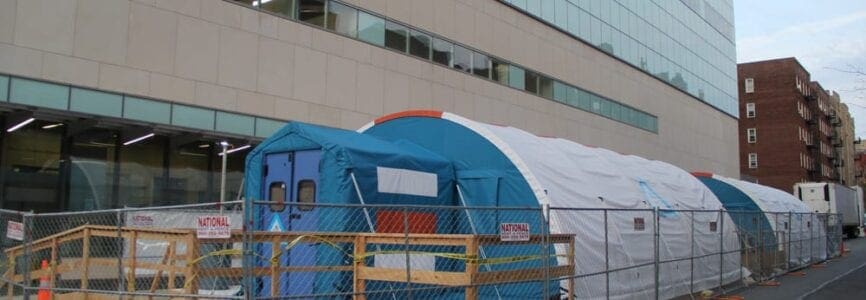

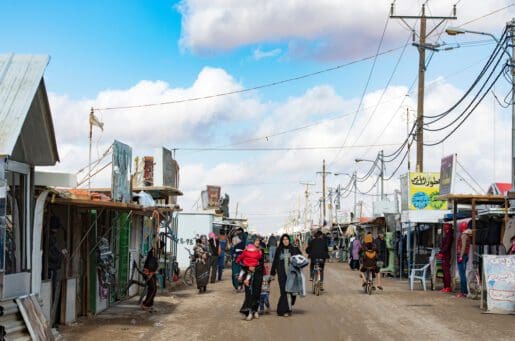

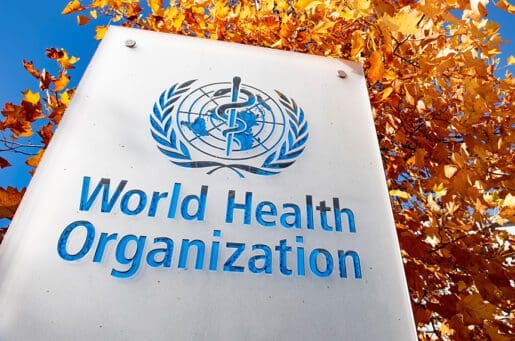
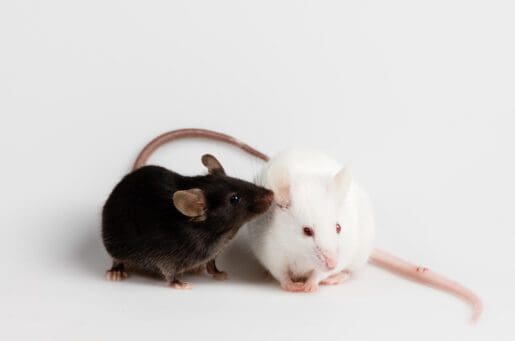



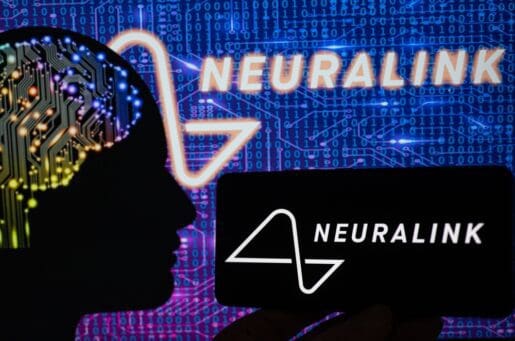

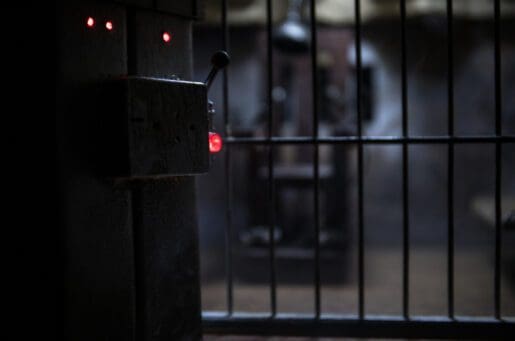

Unfortunately, when public health assumes in times of exception and emergency, it does so with its distributive justice, which goes beyond the clinical ethics of autonomy and beneficence. The patient’s rights as referred to in the article sound empty without opportunity. Bioethics that is related to health, life and human behavior, must rethink and expand its objective and its relationship with public health. Since reactive planning in times of the pandemic, they are only excusing poor primary care and a history of inequality of social inequality. And the medical decisions that are made in the face of scarcity of resources are giving a “false tranquility to the doctor” and a clear violation of the universal right to health and dignity of the person.
Well said, Joseph. The justice part of the four principles has focused too much on access to and distribution of health care and not enough on inequity, inequality, and the disproportionate burden on vulnerable communities. We have a ton of data on how this is manifested; time to come up with solutions.
I think we have to be careful not to force radical egalitarian concepts on society implying that everyone should have the same amount of resources. Many disagree with that idea. The concept of distributive justice calls for reallocation of resources to areas of need and the immediate ethical issue is to facilitate this reallocation by eliminating the tremendous roadblocks that cropped up during this time. The institutional inertia was immense. In my opinion this facilitation is the responsibility of the government as part of its mandate to protect and preserve life within its jurisdiction. The problems of systemic racism, elitism, and privilege are broad social issues that exhibit in every aspect of our social life requiring change at a cultural level which can’t be changed on an immediate basis, but definitely need to be addressed.